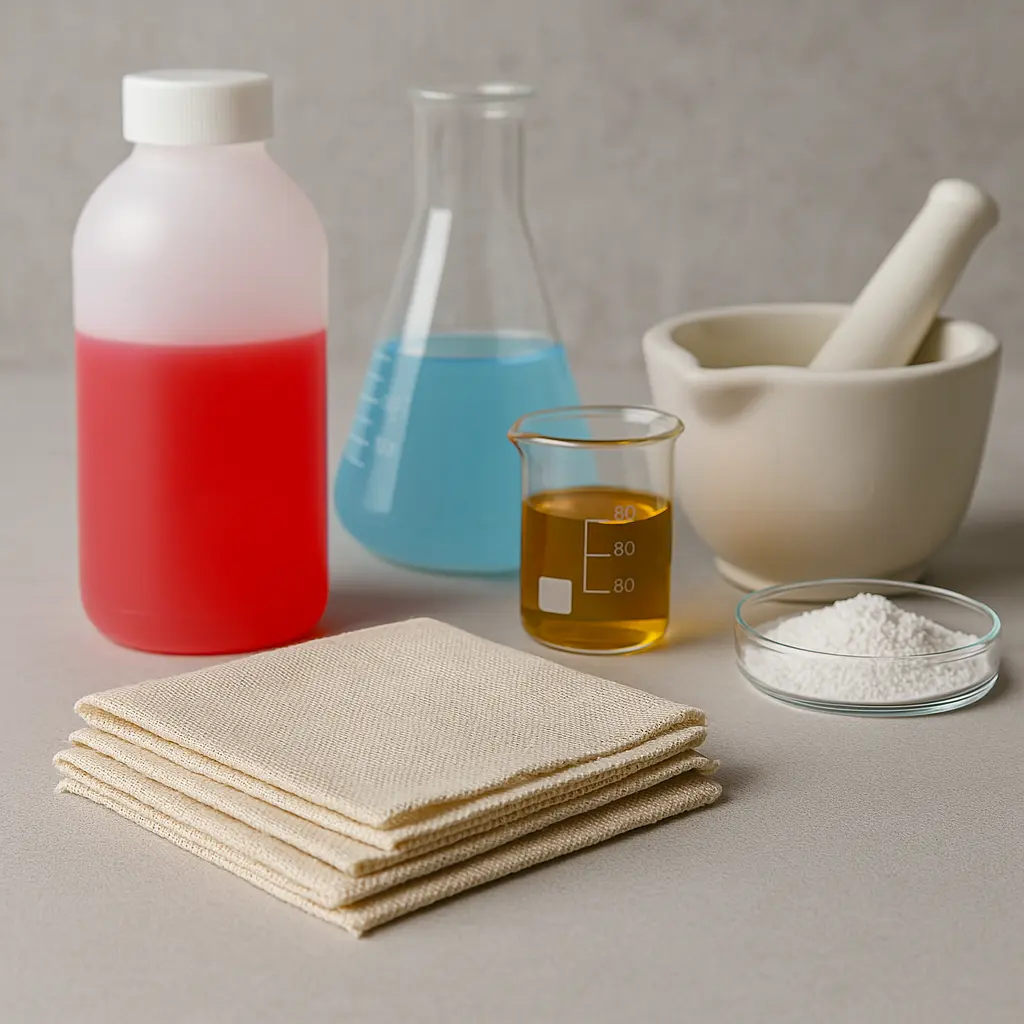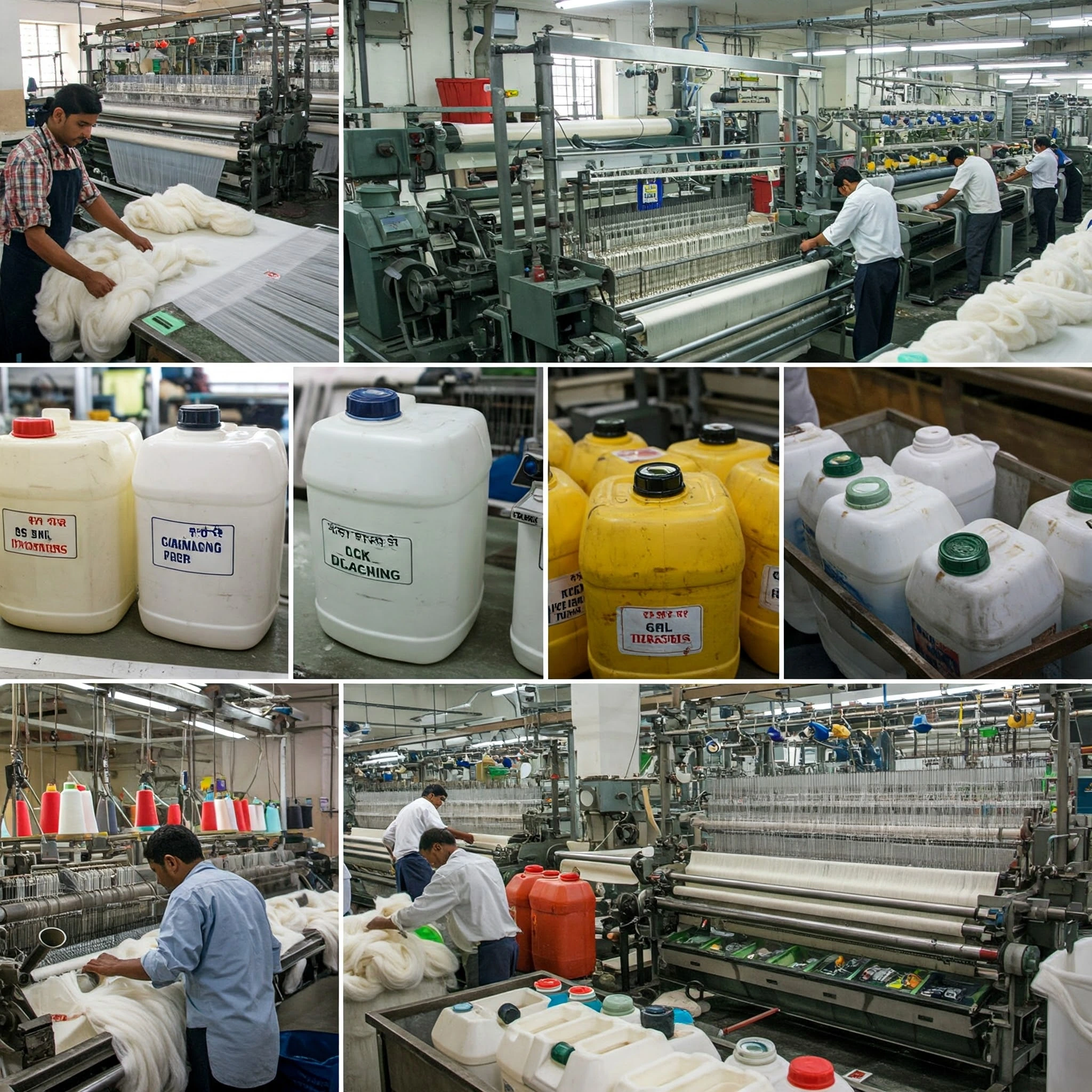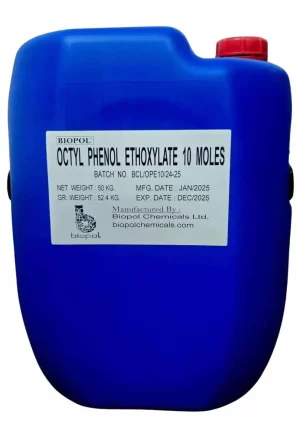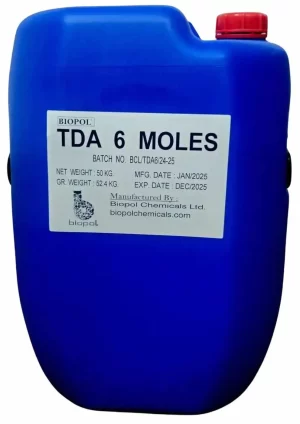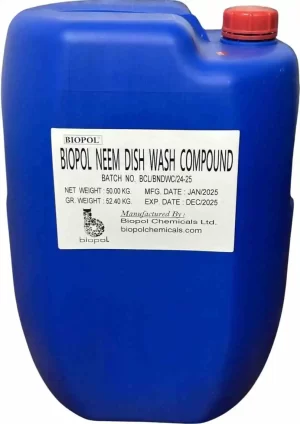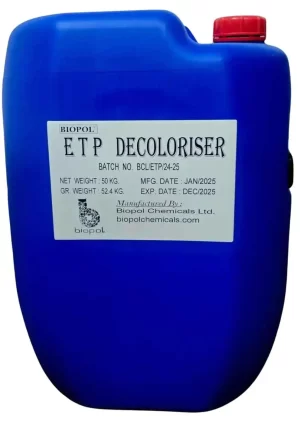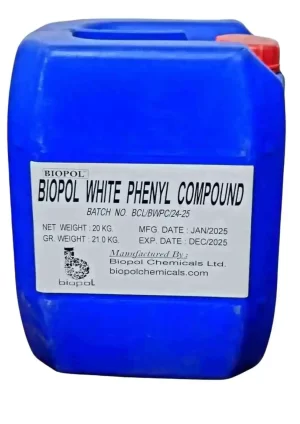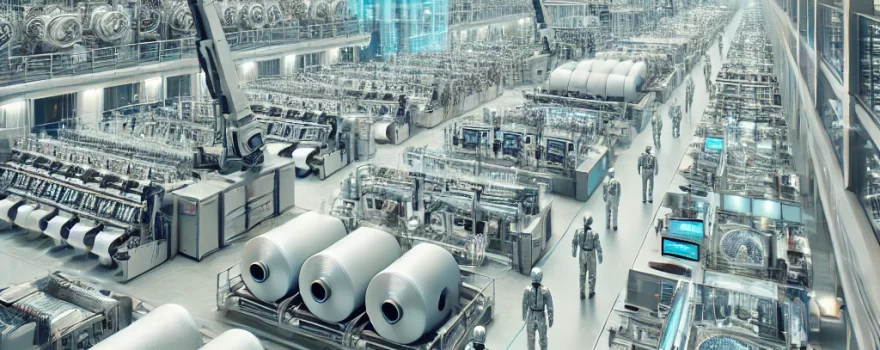
Table of Contents
Emerging innovations textile chemicals news product launches companies are rapidly reshaping the textile industry. The industry is under increasing pressure to confront two significant challenges: achieving sustainability objectives while also fulfilling performance requirements.
How can the textile industry meet rising demands for both performance and sustainability? Innovation in chemical formulations, including advancements in bio-based solutions, is vital. New technologies alter material properties. They also decrease environmental impact.
Consumer preferences shift. Buyers demand eco-friendly, durable products. This forces manufacturers to rethink processes.
Staying informed about the latest news for textile chemicals is crucial for manufacturers seeking to remain competitive in this dynamic market.
Advanced chemicals are key. They impact fabric strength and water repellency. The secret? Scientific breakthroughs and practical application. We see a move to greener, efficient production.
Market Dynamics: Key Drivers Shaping the Textile Chemicals Industry
What forces shape the textile chemicals market? Environmental rules are a major factor. Governments push for greener practices.
Consumer awareness grows. People want sustainable, safe textiles. They’re asking questions.
Technology advances quickly. Nanotechnology and biotech offer new solutions for fabric treatment.
Functional textiles gain popularity. Sportswear and medical textiles need specialized chemicals.
Supply chain shifts impact material sourcing and costs. The market is complex and dynamic. Companies adapt by innovating and collaborating.
Breakthrough Innovations Reshaping Textile Chemistry
Rapid transformation characterizes textile chemistry. Emerging technologies drive this change. Traditional chemicals are increasingly replaced by bio-based alternatives, thus lessening environmental impact.
Fabric properties are enhanced through nanotechnology, which provides both durable water repellency and antimicrobial features. The advent of digital printing has revolutionized dyeing techniques, resulting in significant reductions in the use of water and chemicals.
Furthermore, plasma treatments modify fabric surfaces, enhancing performance without the use of harsh chemicals. Finally, enzyme-based processes offer sustainable alternatives, improving fabric finishing in an environmentally friendly manner.
Sustainability Revolution: Eco-Friendly Textile Chemicals on the Rise
The textile sector faces a green shift. Eco-friendly chemicals lead the charge.
Bio-based alternatives replace harmful substances. Think plant-derived dyes and finishes.
Closed-loop systems minimize waste. Water and chemical recycling are key.
Reduced-impact dyeing techniques gain traction. Lower temperatures and less water.
Certifications like OEKO-TEX and bluesign matter. They validate sustainable products.
Consumers demand transparency. They want to know the origin and impact of chemicals.
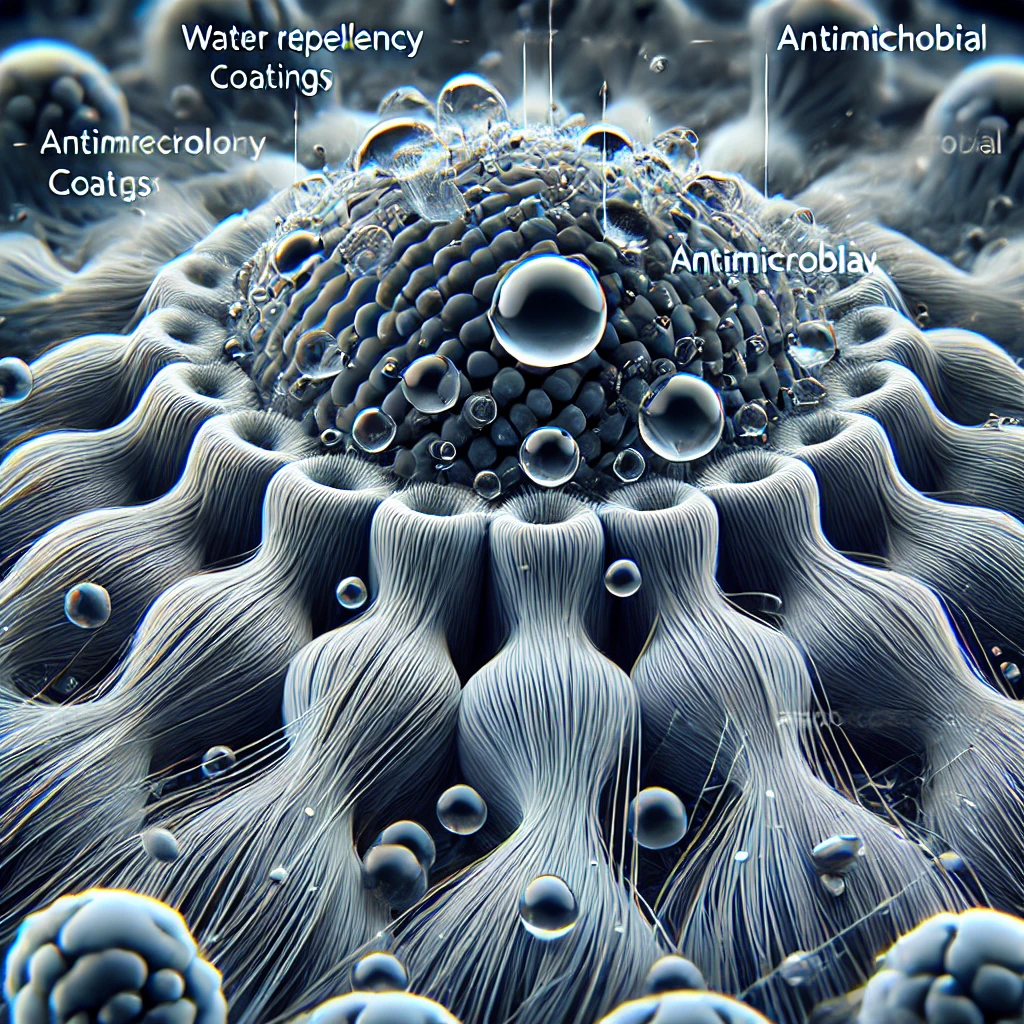
Smart Textiles: The Role of Advanced Chemical Coatings
Smart textiles blend tech with fabric. Chemical coatings are crucial. They add functionality. Conductive coatings allow electronic integration. Think wearable sensors that enable athletes to monitor vital signs in real-time.
Hydrophobic coatings repel water, keeping fabrics dry and clean, essential for outdoor gear. Thermochromic coatings change color. They react to temperature shifts. Antimicrobial coatings prevent bacterial growth, reducing the risk of infection, and are therefore vital for medical textiles. Self-healing coatings repair damage.
They extend fabric lifespan Although these coatings provide numerous benefits, the creation of durable and economically viable solutions continues to pose a challenge. These coatings transform ordinary textiles. They create high-performance, intelligent materials. Researchers are actively developing coatings that can provide UV protection, or even air purification.
Recent Product Launches: Game-Changing Textile Chemical Solutions
New products arrive, altering the textile landscape. Companies innovate. They address pressing industry needs.
Advanced Digital Printing Inks: New ink formulations improve color vibrancy and durability. They also reduce water consumption during printing.
Bio-based Water Repellents: PFC-free water repellents, created with plant-derived ingredients, have been launched by several firms, offering durable protection without harmful chemicals.
Enzyme-Based Fabric Softeners: These provide a gentler, more sustainable alternative to traditional softeners. They enhance the texture of fabrics while minimizing their environmental footprint.
Antimicrobial Coatings for Medical Textiles: Innovative coatings provide enduring defense against bacteria and viruses. They are critical for healthcare applications.
Self-Healing Polymers for Wearables: Innovative polymers repair minor fabric damage. They extend the lifespan of smart textiles.
Colorfast Dyeing Technologies: New dyeing processes reduce water and chemical usage. They also improve color consistency and longevity.
These launches show a shift. The industry moves toward greener, higher-performing solutions.
Industry Leaders and Emerging Players: Companies Driving Innovation
The textile chemical sector has established giants and nimble startups. Both drive innovation.
Established Leaders:
Companies like Huntsman, Archroma, and DyStar lead with extensive R&D. They offer broad product portfolios. They invest in sustainable solutions.
They have large-scale production. They have global distribution networks. This gives them a strong market presence.
Emerging Players:
Startups like GreenShield and Beyond Surface Technologies focus on niche areas. They bring fresh perspectives. They emphasize bio-based chemistries.
They are agile. They can quickly adapt to market changes. They often partner with research institutions.
These companies are very focused on solving very specific problems.
Collaborations:
Partnerships between large firms and startups are common. This combines resources and expertise.
Joint ventures accelerate the development of new technologies.
Universities and research centers also play a vital role. They provide fundamental research.
This blend of experience and innovation propels the industry forward.
Regulatory Landscape: Compliance Challenges and Global Standards
Navigating textile chemical regulations is complex. Global standards vary. Companies face numerous compliance hurdles.
REACH (Registration, Evaluation, Authorisation and Restriction of Chemicals): This EU regulation impacts chemical use. It requires companies to register chemicals. It also restricts hazardous substances.
ZDHC (Zero Discharge of Hazardous Chemicals): This initiative aims to eliminate harmful chemicals. It promotes sustainable practices. Brands and suppliers join.
OEKO-TEX: This certification verifies product safety. It tests for harmful substances. It builds consumer trust.
Bluesign: This system focuses on sustainable production. It covers the entire textile supply chain. It minimizes environmental impact.
National Regulations: Countries have their own rules. China, the US, and others set specific standards. This creates a complex web of requirements.
Compliance Challenges:
Keeping up with changing regulations is tough.
Ensuring supply chain transparency is essential.
Balancing cost with compliance is a constant struggle.
Companies must invest in robust compliance programs. They need to monitor global changes. They should work with certified suppliers. This is how they ensure they meet the modern standards.
Future Outlook: Where is the Textile Chemicals Industry Headed?
The textile chemicals sector is set for continued transformation. Several trends will shape its future.
Increased Sustainability:
Bio-based chemicals will gain prominence.
Closed-loop systems will become standard practice.
Emphasis on reducing carbon footprint will intensify.
Advanced Functionality:
Smart textiles will integrate more seamlessly.
Self-healing and adaptive materials will emerge.
Customized chemical solutions will cater to niche markets.
Digitalization and Automation:
AI-driven formulations will optimize chemical use.
Automated dyeing and finishing processes will improve efficiency.
Data analytics will enhance supply chain transparency.
Circular Economy:
Chemical recycling will become crucial.
Designing for end-of-life will be prioritized.
Waste reduction and resource recovery will drive innovation.
Enhanced Regulatory Compliance:
Global harmonization of standards will increase.
Real-time monitoring of chemical use will become feasible.
Emphasis on transparency and traceability will grow.
The industry will prioritize eco-friendly solutions and advanced technologies. It will embrace digitalization and circularity. This will make the textile sector more sustainable and efficient.
Emerging Innovations Textile Chemicals News Product Launches Companies: Transforming the Industry
Chemistry revolutionizes textiles. We’re not just making fabric; we’re crafting a sustainable future. Innovation drives this shift. Bio-based solutions and nanotechnology redefine production. Sustainability is paramount. Regulations and consumer demands push for eco-friendly practices. Smart textiles merge tech with fabric, expanding possibilities.
The future is bright. A circular economy emerges, prioritizing waste reduction. Digitalization and automation optimize processes, enhancing transparency. The textile chemical sector adapts, innovates, and thrives. It’s not just keeping pace; it’s leading the transformation, redefining textiles for a greener, smarter world.
